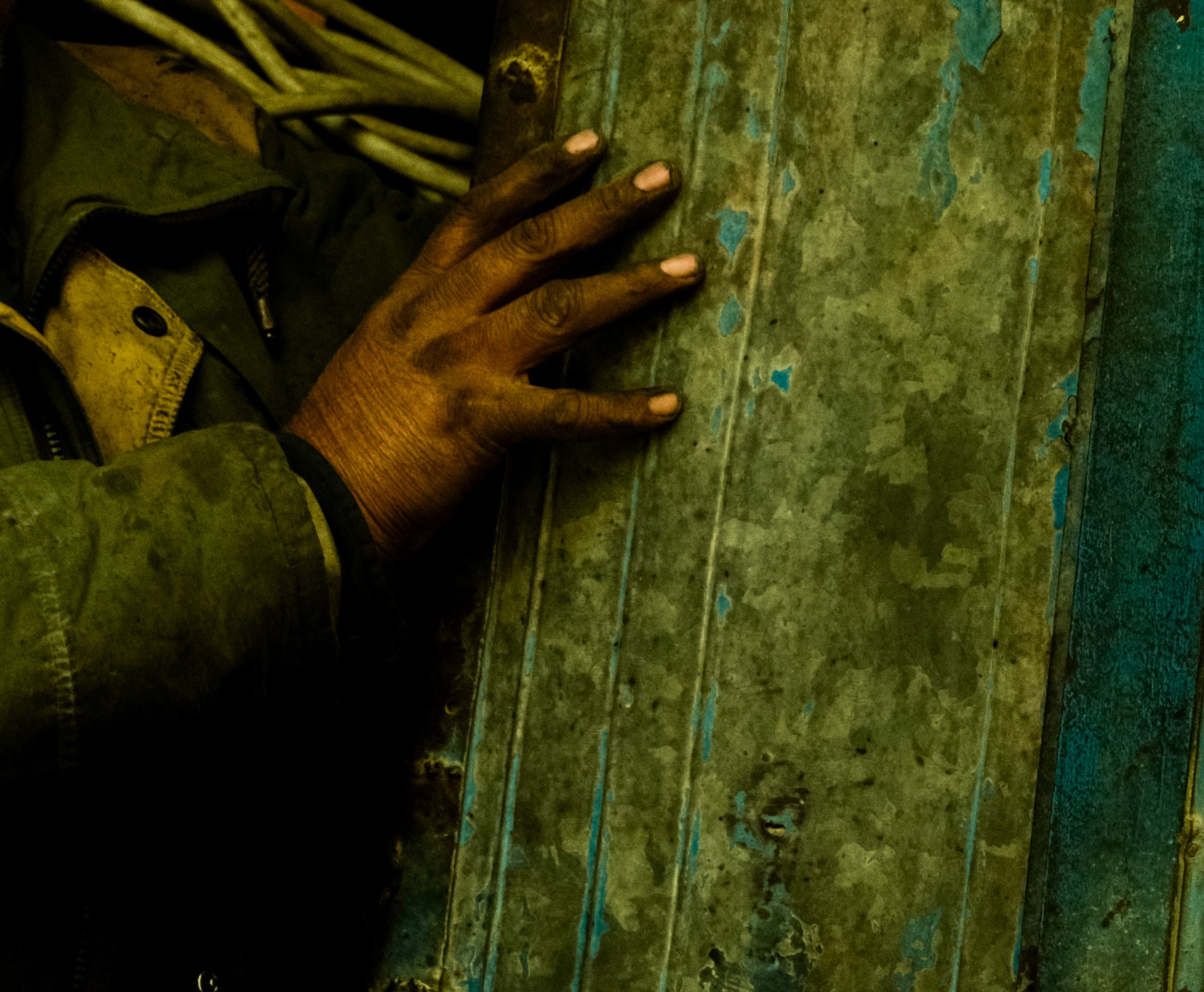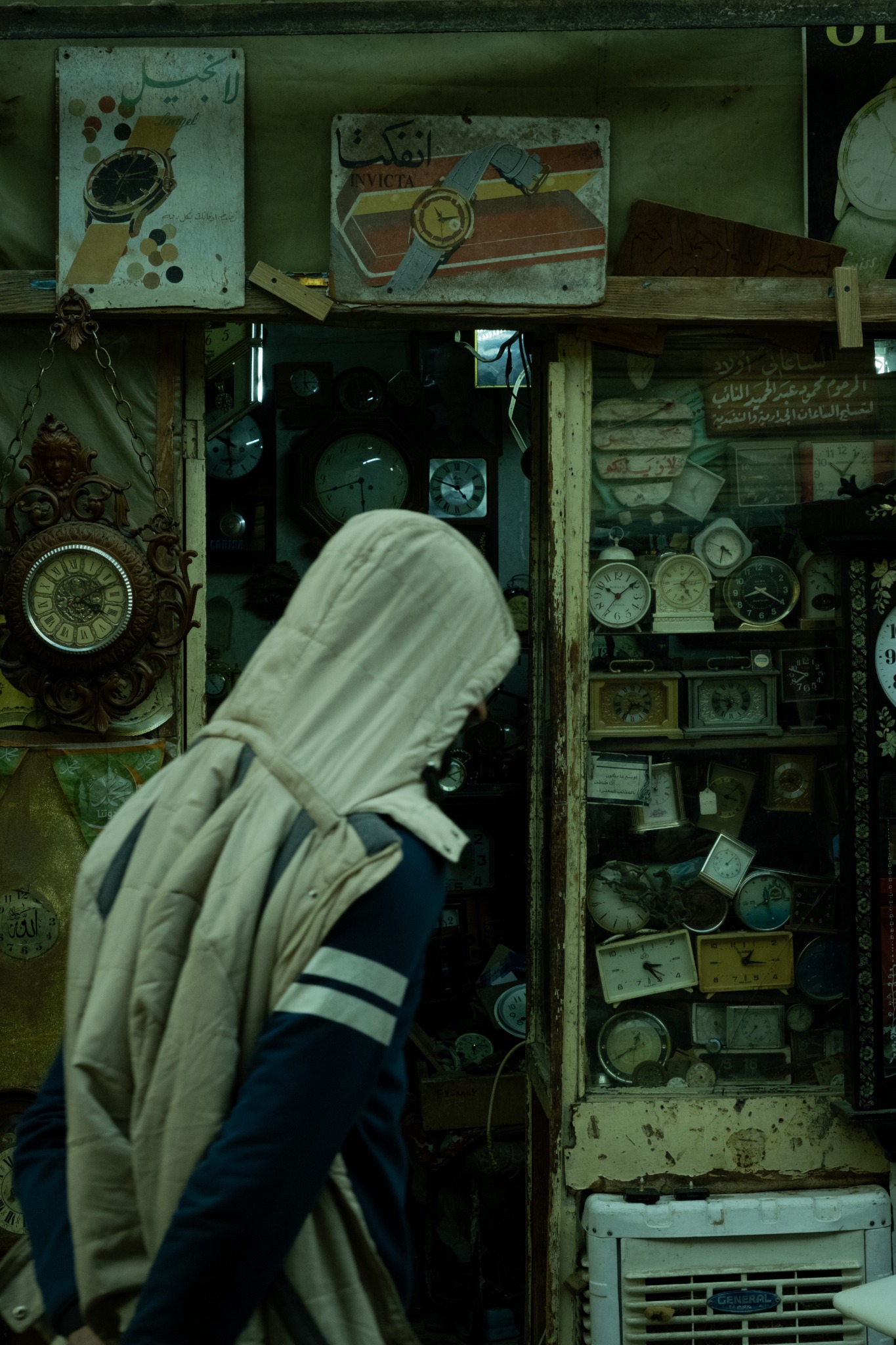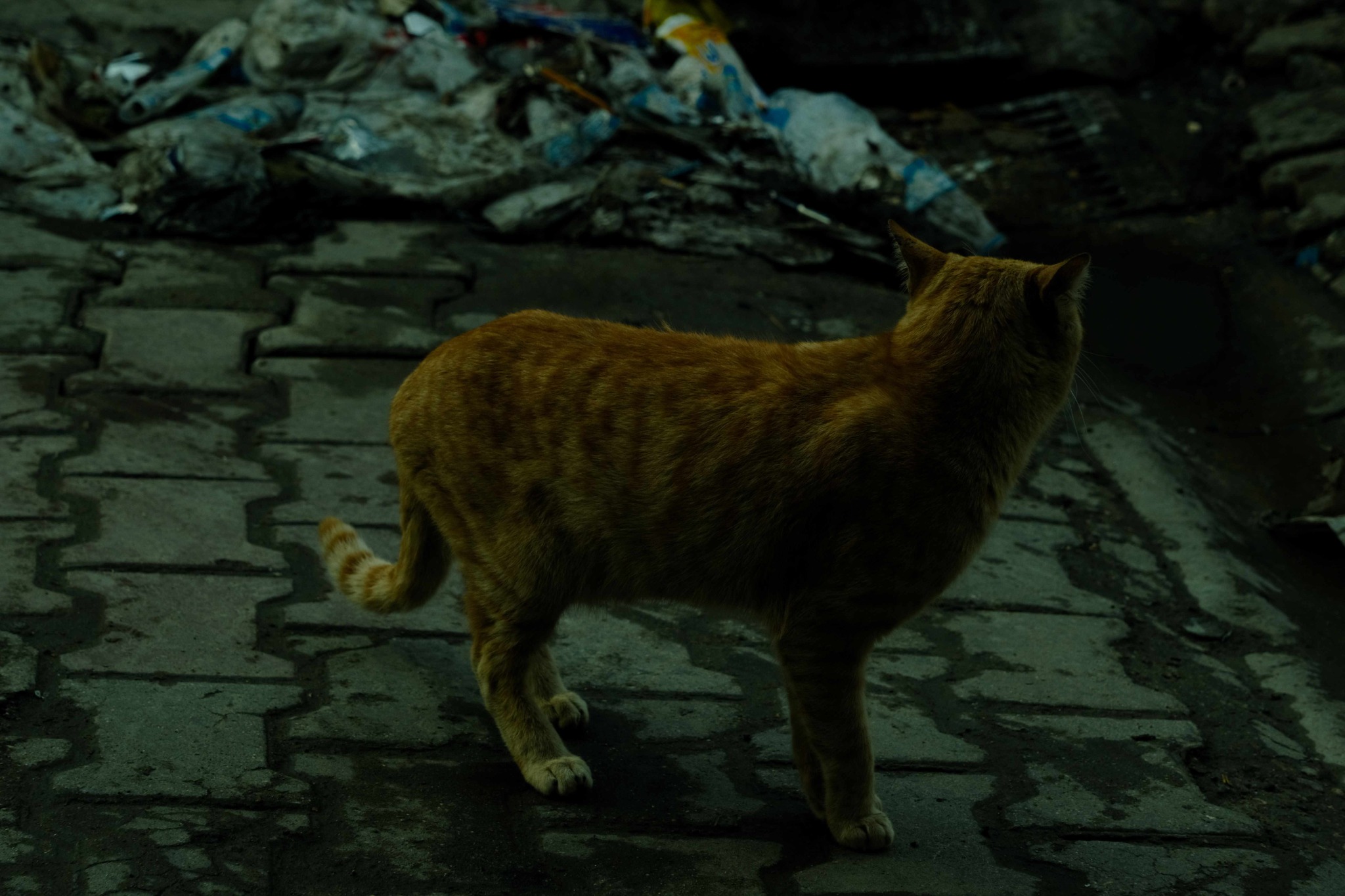
Al Rasafa afternoon
It's a quiet Saturday afternoon in Baghdad, the clouds over the city have finally decided to empty themselves on the dusty streets, one of the rare times in the year. I´m supposed to meet a photographer friend and go to the most famous neighbourhood, Mutanabbi street in Al Rasafa. After a long tea we finally arrive, soaked through the rain and exhausted from the everlasting traffic.
The area can be found on the west side of the city, here known as Al Karkh, located at the Tigris river. Mutanabbi street itself, named after the 10th-century poet, is known for its various bookstores and its traditional Iraqi, post-modernist colonial and Renaissance architecture, yet run down and partially abandoned since the 2003 US invasion.

Next to Al Maidan square we enter one of the several antique stores in the courtyard of a building typical to the area. In the yard itself, due to the rain, the antique furniture is covered with plastic, only revealing a hint of what's underneath. Here you can find anything from Stiletto knives, blind mirrors, phones, cameras to paintings, wardrobes, chairs and chandeliers. We go up the hidden stairs, opening a view over the yard. We pass on the roundway, past a room filled with old men playing Tawleh, giving us annoyed stares as we interrupt them.
Back outside we follow the narrow back streets of the neighbourhood, filled with hidden crafting stores specialized in the manufacturing of Ouds, similar to what you could call an Arabic guitar, and several other places for mechanics and: a store filled with all types of clocks and watches. Certainly rundown, and filled with street cats and dogs, the area tells a tale of a past time, even though most old building have collapsed (or are close to it), the old architecture still lurks above our heads with its wooden ornaments and window aisles.

Around here, only Mutanabbi street itself and several individual buildings have been renovated in the past years, made suitable for the rising amount of tourists coming here since the country further stabalized. Besides the Medieval center of science, Beit Al Hiqama, and the equally famous Abassid palace, there is a much newer but not less known place that has attracted tourists and locals since 1907. In the traditional style of Baghdadi cafés, with its wooden benches and the walls full of pictures of the old city and countless famous and less famous visitors, you can have a tea from one of the giant teapots and smoke. While this is about it what the place has to offer, you will find foreigners as well as old men sitting there, passing their time, playing Tawleh and talking. So the time passes and the rain falls, and we, too, sit down and talk, and talk.

Post a comment